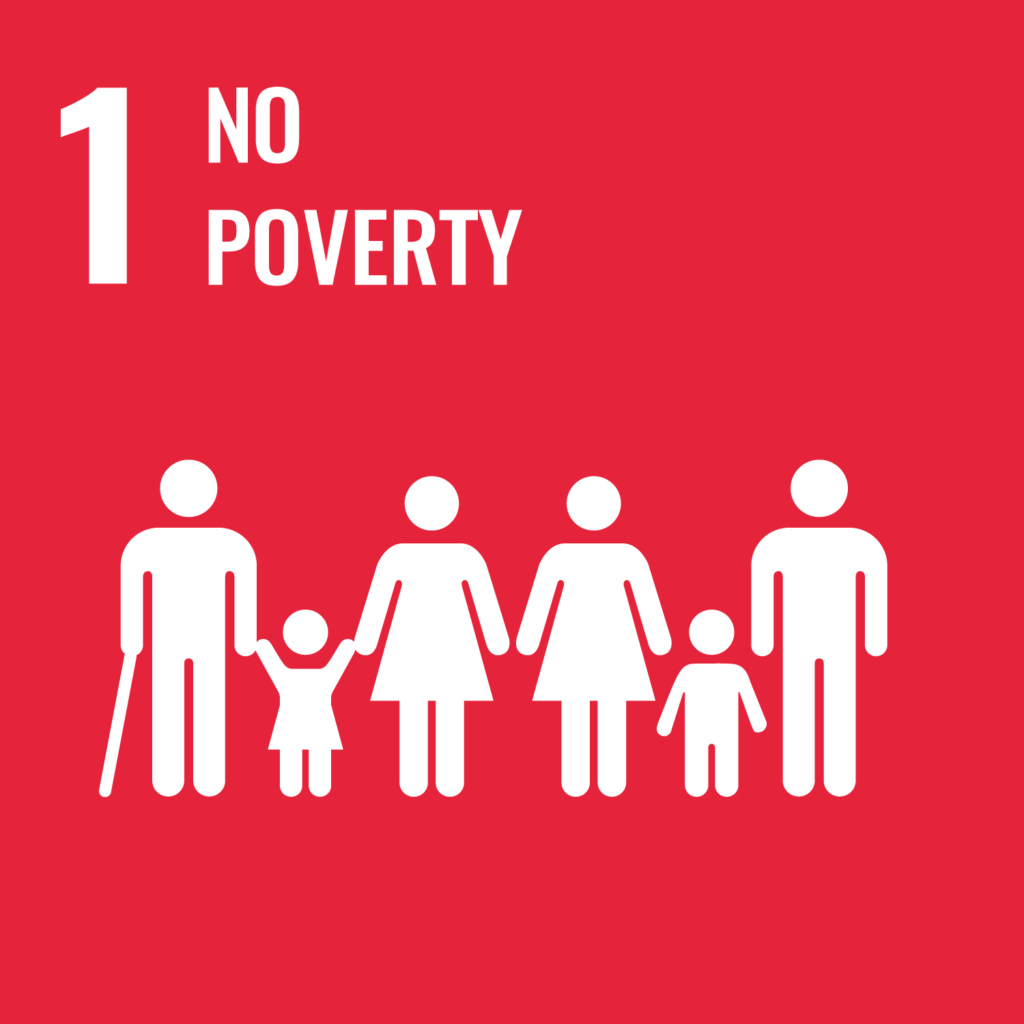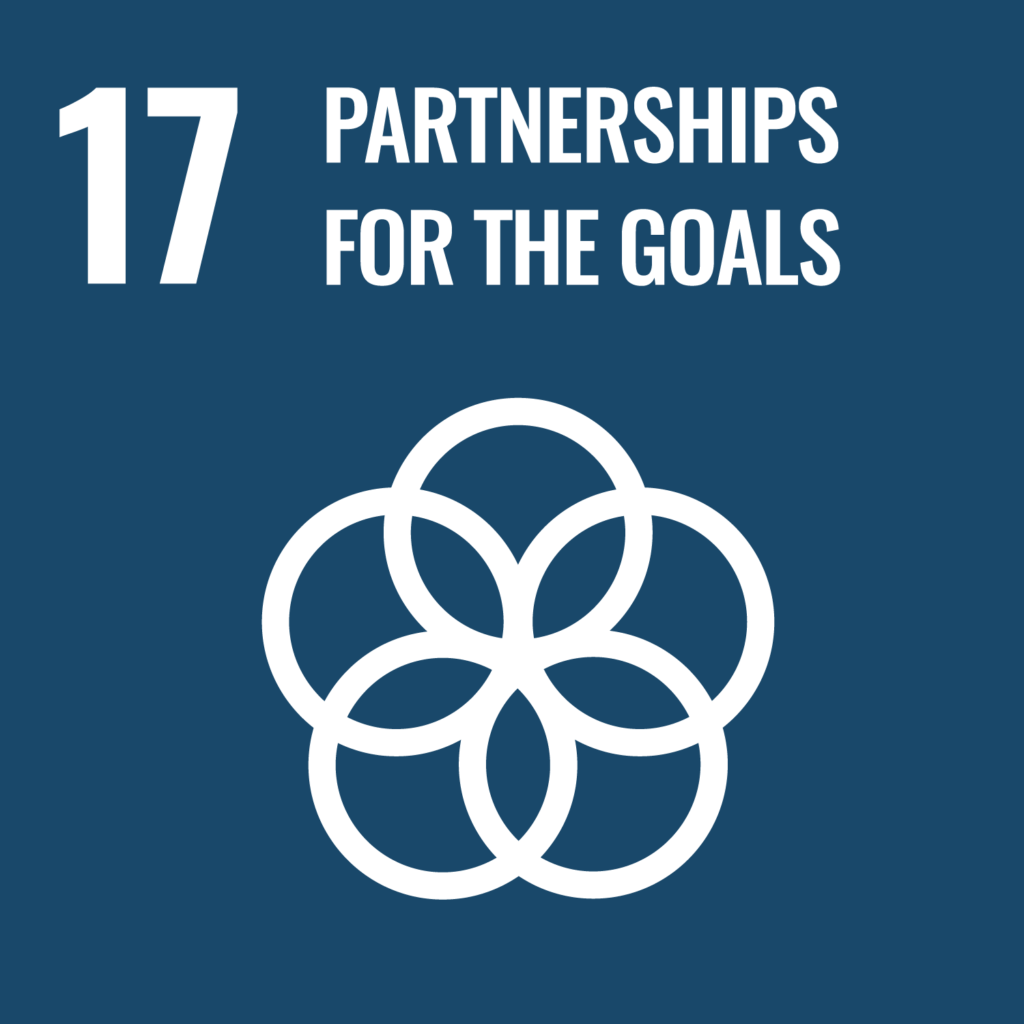
INTRODUCTION
The World Education Services (WES) Mariam Assefa Fund, as well as the Northpine Foundation and the Canadian Refugee Sponsorship Agreement Holders (SAH) Association, were looking for an experienced team to design and lead a 1-day intensive design sprint with diverse representatives from organizations across Canada, with the goal being to develop innovative concepts that will increase private refugee sponsorship capacity. Venture 2 Impact’s (V2I) connection with WES, as well as leadership and experience with design thinking and human centered design, made us a great candidate to design and facilitate the sprint.

This was the first time an event of this kind took place in Canada’s private refugee sponsorship ecosystem, marking a move towards human-centered solutions and collaborative philanthropy.
Never before have so many SAH-related stakeholders been gathered together in-person to participate in a co-creative innovation session, but hopefully it will inspire many more.
THE CHALLENGE
How might we improve refugee private sponsorship to make it more efficient, supportive, equitable, and effective for all stakeholders?
There are an ever-increasing number of global refugees, however Canada’s capacity for refugees is limited based on several factors. Canada’s innovative private refugee sponsorship system has been an example for other countries, however the actual numbers of refugees that enter Canada through this program are below the quota set by the government.
One of the limiting factors of this challenge is the capacity of organizations known as Sponsorship Agreement Holders (SAHs); these are private and public organizations that have committed a certain amount of resources to sponsoring the arrival and support of refugees to Canada.
If we want to increase Canada’s capacity for refugees, we have to focus on the following challenge: How might we improve refugee private sponsorship to make it more efficient, supportive, equitable, and effective for all stakeholders?

WHAT IS A DESIGN SPRINT?
A design sprint is a short-term, intense version of the design thinking process, usually lasting 1-5 days. The value of a design sprint is that it harnesses the power of collaborative philanthropy and the lived experiences of everyone involved, while compressing the activities into a few days to minimize the time commitment required.
For this sprint, we focused on the Define and Ideate phases of design thinking: defining the challenge, intended audience, and surrounding context; and brainstorming and ideating on potential solutions to apply the collective knowledge of everyone participating in the sprint.
After defining the challenge, exploring the problem’s underlying behaviours, structures, and mindsets, and creating a network map of people and groups involved in the issue, we moved on to ideation.

Our first ideation activity was a high-speed brainwriting session, an activity which encourages participants to build off of each other’s ideas and contribute equally to the concepts. This activity was noted as a highlight by several participants in our feedback survey as well, indicating the value and enjoyment everyone got from this exercise.

Following brainwriting and a preliminary voting round to eliminate any money pits or concepts with less potential for impact, we moved on to napkin pitches. Napkin pitches are based on the idea that you should be able to write your idea on a napkin, focusing on just a few main categories: the Big Idea, the Needs/Benefits it meets, the Execution steps to pilot the idea, and the Rationale as to why it will be successful. By organizing all the concepts in this format, we made it easier to compare and contrast the ideas, as well as present them externally following the sprint.
A total of 3 concepts were selected at the end of the day to be presented to a greater audience of stakeholders the following day at the SAH conference. The audience voted on the feasibility, viability, and effectiveness of each concept, giving us metrics by which to determine which one would have the greatest positive impact for all stakeholders.
THE CONCEPT
The concept with the highest audience score, as well as the greatest appeal to SAHs, Northpine Foundation, and WES Fund leadership, was an automated system to track and record various metrics for SAHs, freeing up capacity and resources that can then be spent on sponsoring and supporting more refugees.
Tracking of details like donations, applications, refugees in settlement, and finances for SAHs is a full-time job – by automating these, we can free up SAH capacity and ability to sponsor more refugees.

THE IMPACT
Across the board, participants were excited about the sprint and its potential for collaborative philanthropy. We sent out a survey to all participants to gather feedback, and this is what we heard:

- 62% of survey respondents scored their overall satisfaction with the sprint at a 4 or 5 out of 5
- 15% of survey respondents were newcomers
- 62% of survey respondents identified as female
- The materials created for the sprint, specifically visuals and collaborative handouts, were scored the most highly out of any factor
- 77% of respondents scored their active participation and contribution as a 4 or 5 out of 5

NEXT STEPS
Sponsorship Agreement Holders (SAHs) from across Canada are collaborating with WES Fund and Northpine Foundation to pilot and test these concepts. Following a successful pilot, there may be the opportunity to scale the concept to many more SAHs.
If you have any questions about the design sprint or potential future engagement, or if you would like to learn more about these organizations’ work, you can contact:

Participant FEEDBACK
Sustainable Development Goals (SDGS)
Increasing the capacity to sponsor refugees in Canada has many wide-ranging impacts, but we find it is easiest to examine our work through the lens of the United Nations Sustainable Development Goals (SDGs). Throughout the design and implementation of this design sprint, as well as the resulting projects, we will have helped progress the following SDGs:






If you would like to learn more about Venture 2 Impact’s innovation and design thinking work, please contact lila@venture2impact.org.


